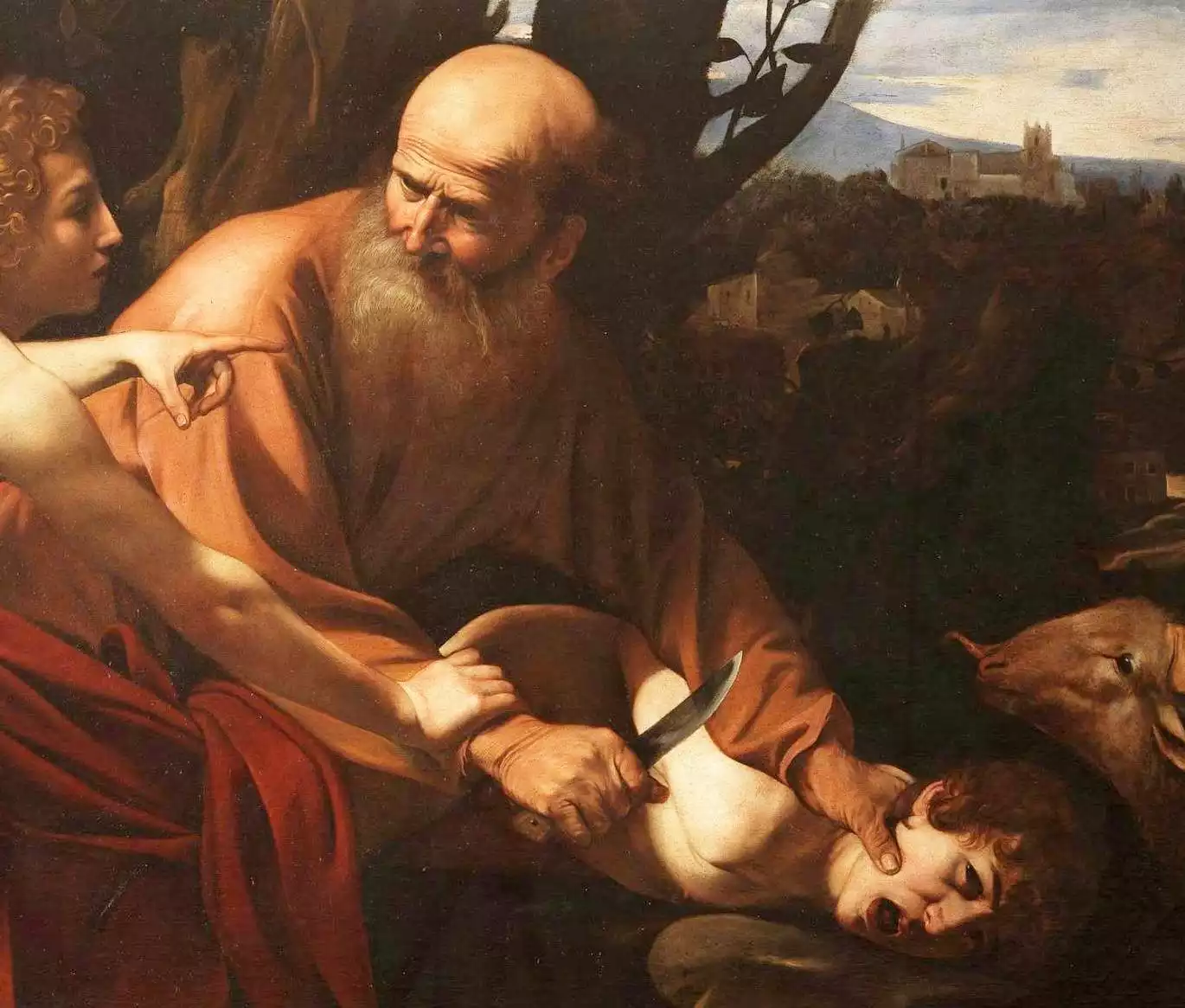
Isaac, a central figure in the Judeo-Christian tradition, was born as the second patriarch of the Israelites. His life, intricately woven into the tapestry of Biblical history, spans a period marked by profound faith and significant challenges. As the beloved son of Abraham and Sarah and the father of Esau and Jacob, Isaac’s story is pivotal in understanding the roots and development of Abrahamic faiths. His narrative, filled with symbolic and theological significance, continues to resonate across generations.
The Early Life of Isaac
Isaac’s birth, foretold by divine promise, was a miracle to his parents, Abraham and Sarah, who were advanced in age. This extraordinary beginning set the stage for a life that would be integral to the unfolding of the Israelites’ history. His name, meaning “he will laugh,” was a testament to the joy and surprise his birth brought.
The defining moment of Isaac’s early life was the binding of Isaac, a profound event that tested Abraham’s faith. This episode, often referred to as the Akedah in Jewish tradition, saw Abraham’s obedience to God’s command to sacrifice his son, only to be stopped at the last moment by divine intervention. This event is pivotal, symbolizing unwavering faith and obedience to God, and it has been the subject of extensive theological exploration and interpretation.
During a period of uncertainty and conflict, Isaac’s life was also marked by moments of peace and prosperity. He continued his father’s legacy, maintaining the covenant with God and upholding the values and beliefs that would shape the Israelite identity. His marriage to Rebekah was another significant chapter, setting the stage for the birth of his twin sons, Esau and Jacob, who would themselves become central figures in Biblical narratives.
Isaac’s life, though less tumultuous than those of his father and sons, was nonetheless a period of transition and consolidation. His story reflects themes of faith, obedience, and the continuation of a divine promise. Through his experiences, Isaac contributed to the foundation upon which the Jewish, Christian, and Islamic traditions would build their understanding of faith, family, and destiny.
The Latter Years and Legacy of Isaac
In his later years, Isaac witnessed and navigated complex family dynamics, particularly between his sons Esau and Jacob. The narrative of Isaac blessing Jacob, mistakenly in place of Esau, is a crucial element in the Biblical story, illustrating themes of deception, destiny, and divine will. This incident led to significant consequences in the family, influencing the future of the Israelite tribes.
Despite these challenges, Isaac’s role as a bearer of God’s covenant remained unshaken. He lived a life embodying the virtues of patience and resilience, serving as a bridge between the foundational experiences of Abraham and the pivotal developments in the lives of his own sons. Isaac’s death, at a ripe old age, marked the end of an era but ensured the continuation of his legacy through his descendants.
Isaac’s life, interwoven with moments of faith, challenge, and fulfillment, remains a cornerstone in the understanding of Judeo-Christian heritage. His experiences and actions laid down a path for his descendants, influencing the course of Biblical history. Isaac’s legacy is a testament to the enduring impact of faith, family, and the pursuit of a divinely guided destiny.
References
Alter, R. (2004). The Five Books of Moses. W.W. Norton & Company.
Friedman, R. E. (1987). Who Wrote the Bible? HarperOne.
Speiser, E. A. (1964). Genesis: Introduction, Translation, and Notes. Doubleday.
Walton, J. H. (2001). Genesis. Zondervan.
